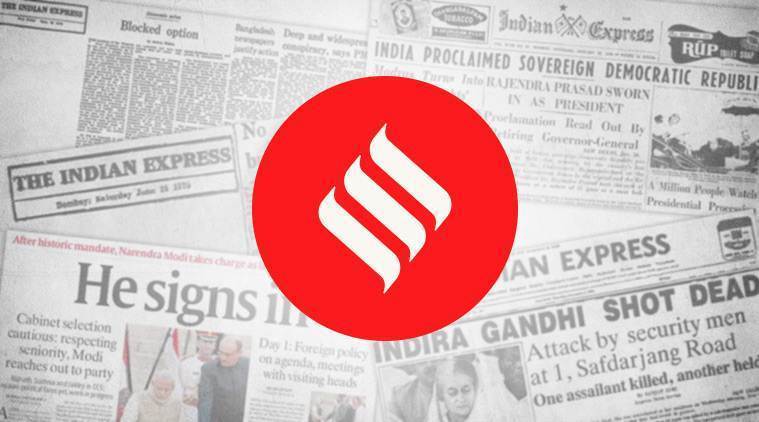Opinion Power replay
With UDAY failing to engineer a turnaround in discom finances, government needs to rework incentive structures
 Slapping sedition charges on people for staging a play that allegedly insulted the prime minister, raising slogans and statements shows a deliberate misinterpretation of the law with the intent to curb dissent.
Slapping sedition charges on people for staging a play that allegedly insulted the prime minister, raising slogans and statements shows a deliberate misinterpretation of the law with the intent to curb dissent.  Under UDAY, discoms were to bring down AT&C losses to 15 per cent by FY19.
Under UDAY, discoms were to bring down AT&C losses to 15 per cent by FY19.
Almost five years after the launch of the Ujwal DISCOM Assurance Yojana (UDAY), there are indications that the power sector is once again in trouble. Not only have losses of state-owned distribution companies (discoms) risen, but their dues for power purchases have also surged. At the end of November 2019, dues owed by discoms to power producers, both independent and state-run entities, stood at Rs 80,930 crore. Of these, Rs 71,673 crore extends beyond the allowed grace period of 60 days. Rajasthan leads the states with the most dues, followed by Tamil Nadu and Uttar Pradesh.
These numbers suggest that, contrary to expectations, the UDAY scheme has failed to engineer a sustainable turnaround in the fortunes of the beleaguered distribution segment — the weakest link in the power chain. Reportedly, the Centre is contemplating yet another scheme to address the issues that continue to plague the sector. But, as distribution falls under the purview of states, rather than adopting an approach similar to that of the past schemes, the new scheme should focus on altering the incentive structure at the state level so as to ensure the achievement of targets. The UDAY scheme, which involved state governments taking over the debt of discoms, had three critical components: A reduction in the aggregate technical and commercial (AT&C) losses, timely revision of tariffs, and elimination of the gap between average per unit of cost and revenue realised.
While progress has been made on some of these fronts, it hasn’t been in line with the targets laid out under UDAY. AT&C losses have declined in some states, but not to the extent envisaged. Under UDAY, discoms were to bring down AT&C losses to 15 per cent by FY19. Similarly, while some states have raised power tariffs, the hikes have not been sufficient as political considerations prevailed over commercial decisions. As a result, the gap between the average cost per unit of power and the revenue realised has not declined in the manner envisaged, forcing discoms to reduce their power purchases and delay payments to power producers. This in turn has impaired the ability of power generating companies to service their debt, causing stress to the banking sector.
The new plan, reportedly, aims to address these issues by reducing electricity losses, eliminating the tariff gap, smart metering, privatising discoms, and having distribution franchisees. These would be welcome measures. But, along with these, the Centre should also look at altering the incentive structures of states in order to ensure compliance. Stiff penalties need to be imposed for not meeting the targets laid out in the new scheme.





